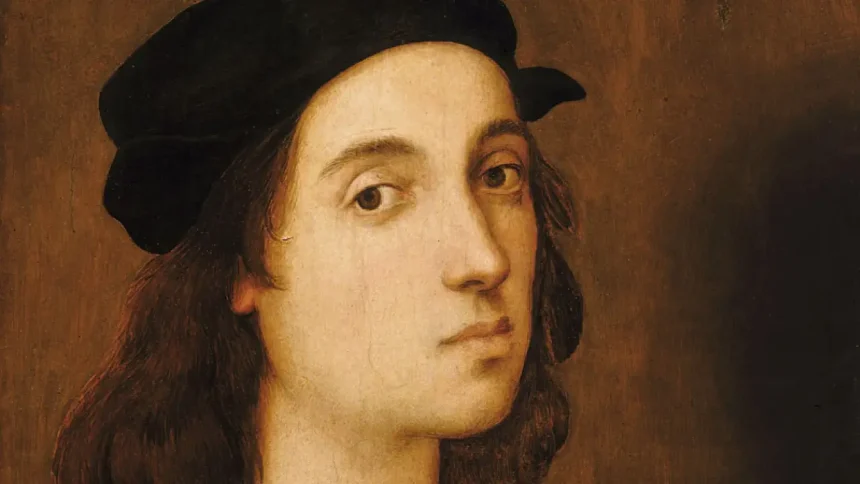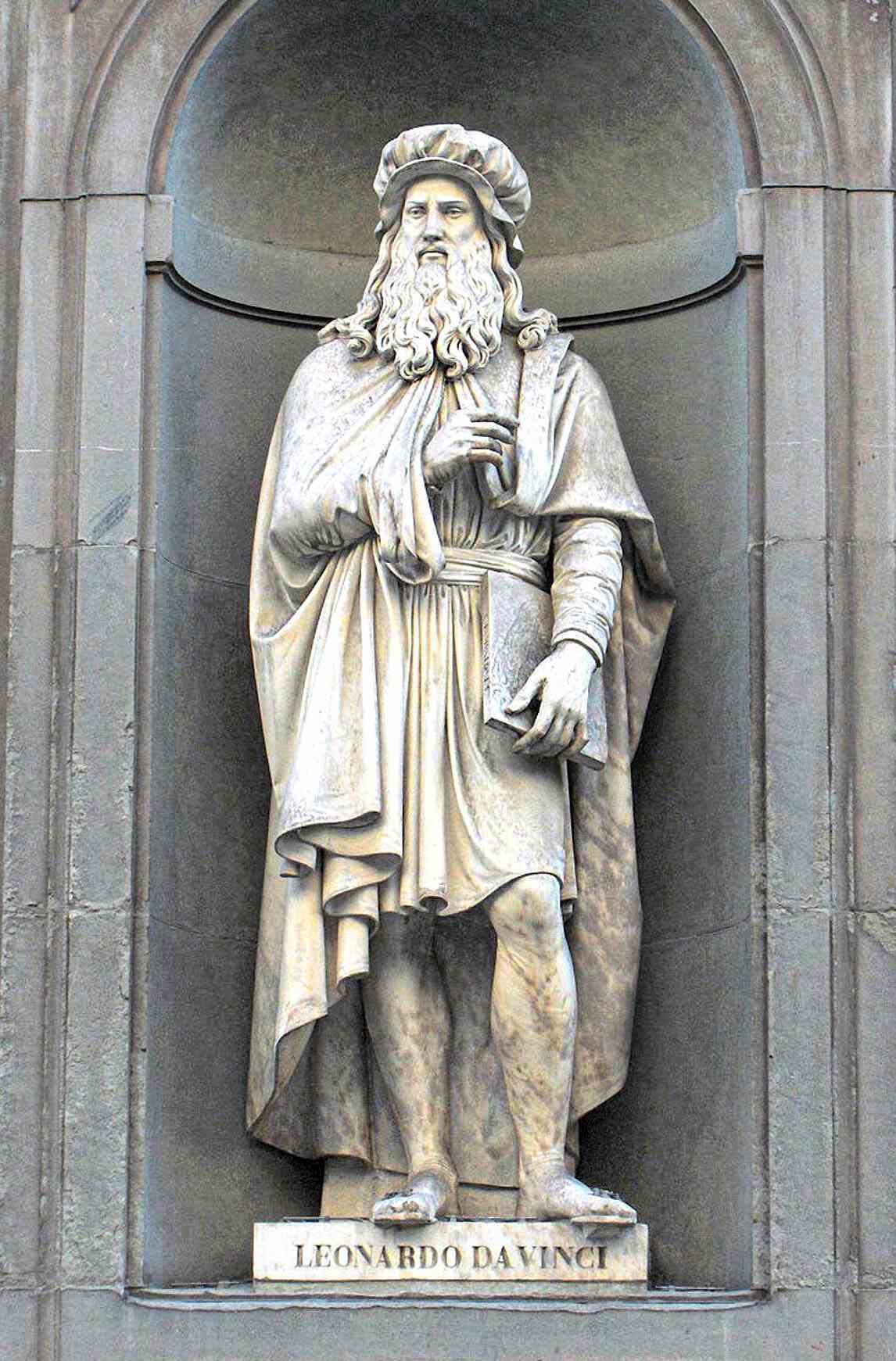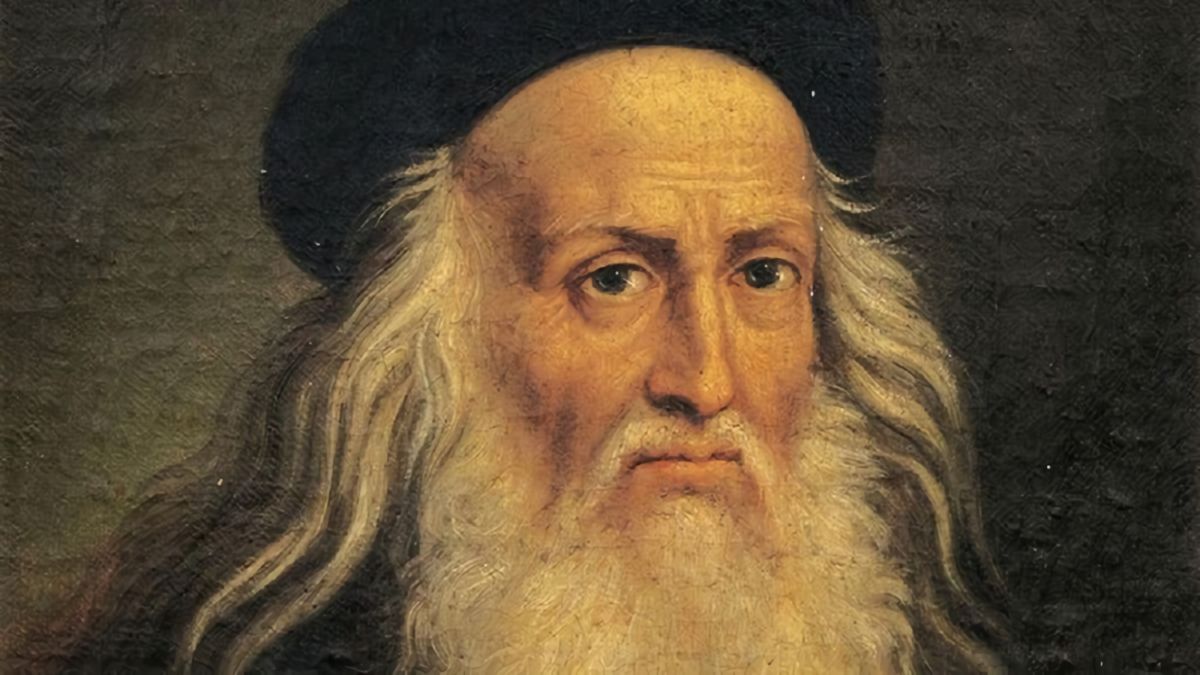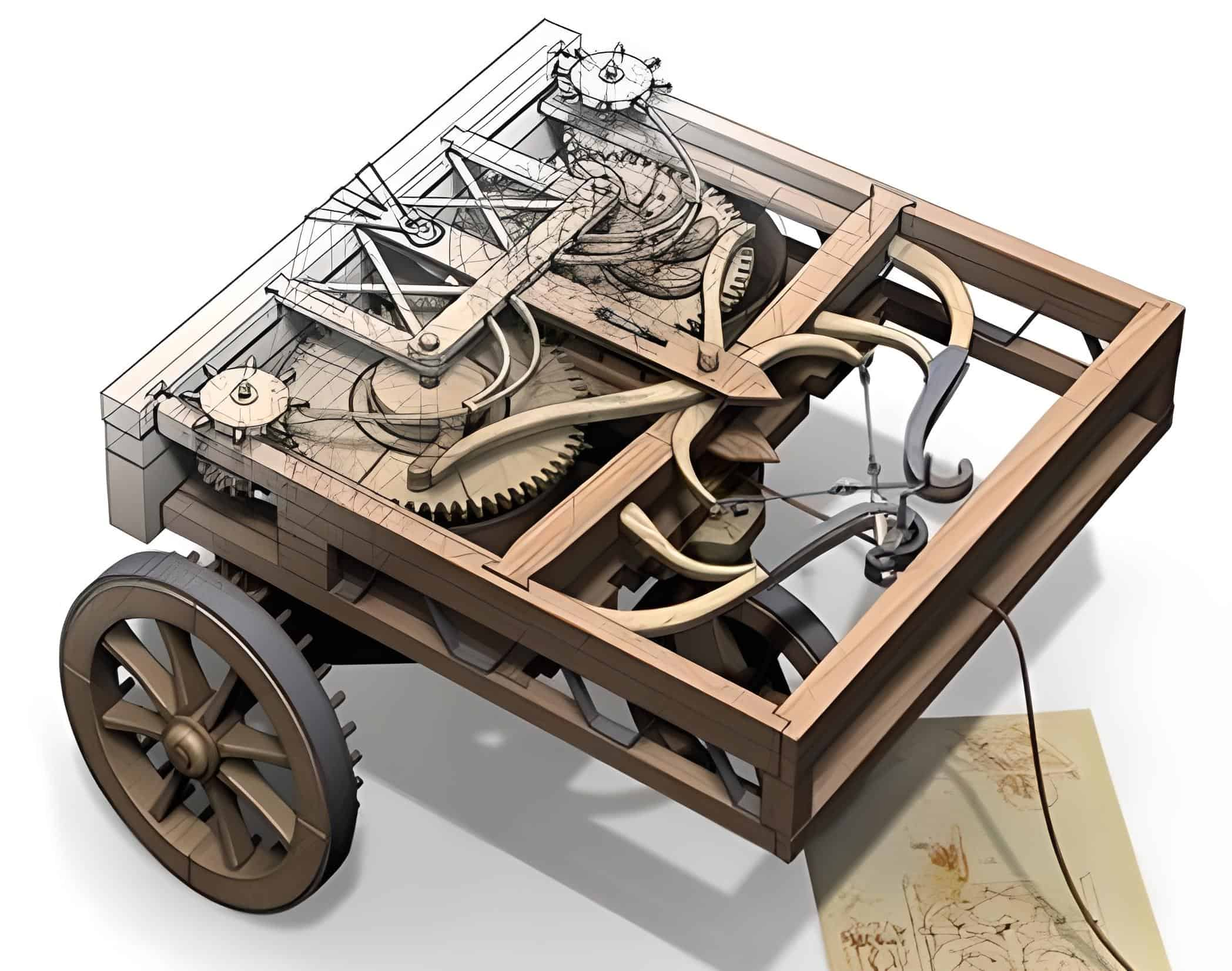Raphael’s Father Was Also a Painter
Raphael’s father, Giovanni Santi, was an Italian painter and poet at the court of Urbino. He studied painting alongside Piero della Francesca and was the first to recognize his son’s remarkable talent. Sadly, he passed away when Raphael was only 11 years old, forcing the young artist to move and find a new master. Raphael then traveled to Perugia, where he trained under Perugino.
- Raphael’s Father Was Also a Painter
- The Sistine Madonna Was Stolen by the Nazis During World War II
- A Hidden Message in The Holy Family
- A Hidden Message for Raphael’s Mistress in Two Paintings
- Raphael and Michelangelo: A Rivalry
- The Legend of Raphael’s Death During a Romantic Encounter
- Raphael Died on His Birthday
- Raphael’s Resting Place: The Pantheon in Rome
- The Love of His Life Died Shortly After Him
- Raphael Included Portraits of Leonardo da Vinci and Michelangelo in The School of Athens
The Sistine Madonna Was Stolen by the Nazis During World War II
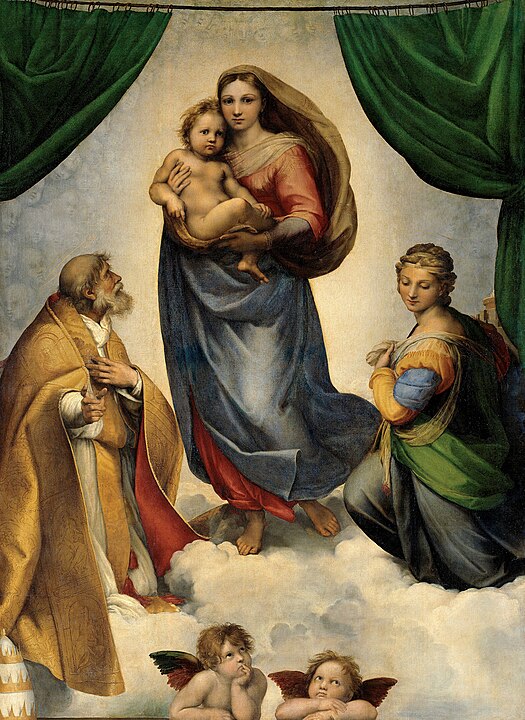
In 1754, Augustus III of Saxony acquired Raphael’s most famous painting, The Sistine Madonna, and displayed it in his gallery in Dresden, Germany. However, during World War II, the Nazis stole the artwork and transported it by train to Moscow. A Soviet army officer later recovered it and returned it to Germany after conducting a meticulous investigation with multiple witnesses.
A Hidden Message in The Holy Family
The Holy Family is a painting depicting the Virgin Mary with the infant Jesus, Saint Elizabeth, and the young Saint John the Baptist. Although the artwork is inspired by the Bible, these figures are never mentioned together as children in the scriptures.
Raphael may have included a hidden apocalyptic message in the painting, as an astrologer had predicted the end of the world in 1524.
A Hidden Message for Raphael’s Mistress in Two Paintings
Raphael was deeply in love with Margherita Luti and included secret messages for her in La Fornarina and La Donna Velata. The young woman served as his model for both paintings, and in each, Raphael painted a pearl in her hair. The Latin word margarita means “pearl,” making this a direct reference to his beloved’s name.
Raphael and Michelangelo: A Rivalry
Raphael and Michelangelo worked during the same period and both served Popes Julius II and Leo X at the Vatican. While Raphael, known for his positive nature, admired Michelangelo, the latter—reserved and temperamental—resented the young artist.
Michelangelo even accused Raphael of plagiarizing the Sistine Chapel ceiling.
Raphael’s favored status with Pope Leo X further fueled Michelangelo’s jealousy.
The Legend of Raphael’s Death During a Romantic Encounter
Many rumors have circulated regarding the exact cause of Raphael’s death at just 37 years old. While the official account attributes it to malaria and a fatal fever, some speculate that he actually died during an intense romantic encounter with Margherita Luti.
Raphael Died on His Birthday
Raphael is among the few artists who passed away on their birthday. Born on April 6, 1483, he died on April 6, 1520—Good Friday. His contemporaries saw this as a celestial omen, especially since cracks had appeared in the Vatican rooms a few days earlier, forcing Pope Leo X to relocate temporarily.
Raphael’s Resting Place: The Pantheon in Rome
Raphael’s death plunged Rome and all of Italy into mourning. Pope Leo X was deeply saddened and ordered a grand funeral. As per Raphael’s wishes, he was buried in the Pantheon in Rome.
His epitaph, written by poet Pietro Bembo, reads: “Here lies Raphael; while he lived, Nature feared being outdone; now that he is dead, she fears perishing.”
The Love of His Life Died Shortly After Him
Raphael met Margherita Luti in 1512, the daughter of a baker from Siena. Their passionate love affair inspired some of his most famous works. It is believed that Raphael was with her before his death. Heartbroken, Margherita entered a convent and died of grief in 1522.
Raphael Included Portraits of Leonardo da Vinci and Michelangelo in The School of Athens
The School of Athens, a fresco Raphael painted in the Vatican for Pope Julius II, represents the pursuit of knowledge through history’s greatest thinkers. Among figures like Socrates and Epicurus, Raphael depicted Heraclitus and Plato. He modeled Heraclitus after Michelangelo and Plato after Leonardo da Vinci.


